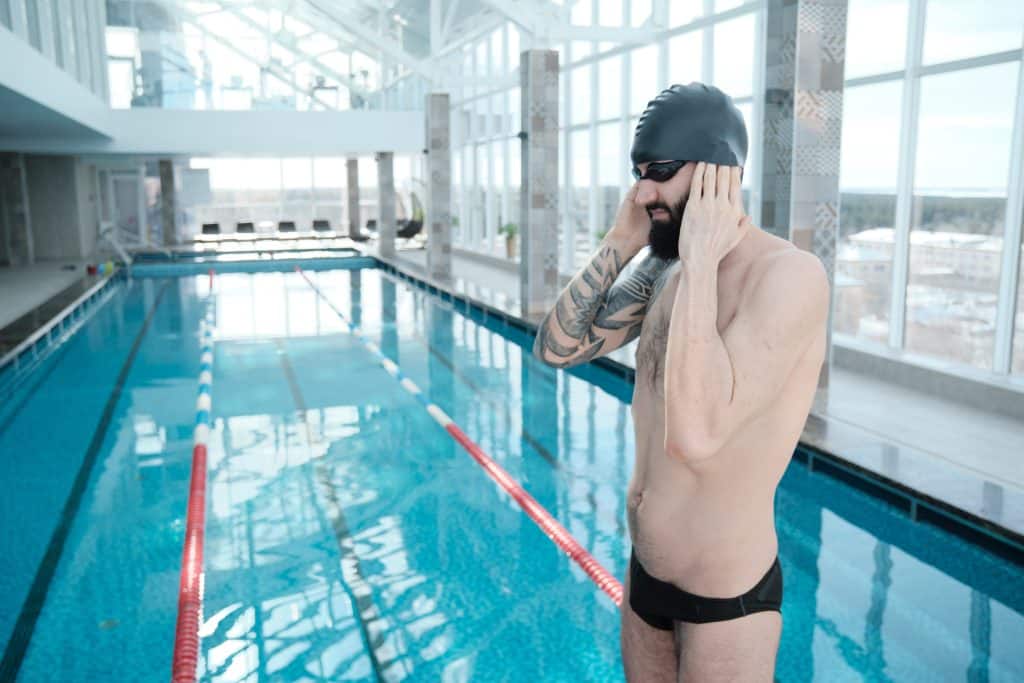Getting water stuck or trapped in your ears can be uncomfortable and inconvenient. Whether it happens during swimming or even having a shower, it’s a common occurrence that many people experience. But is it OK to have water in your ears? Let’s explore the impact of water in the ears and how to safely remove it.
Why Does Water Get Trapped in the Ear?
The ear canal has a unique shape that can make it easy for water to get trapped. When water enters the ear, it may not easily drain out due to the ear canal’s natural curves and the presence of earwax. This trapped water can cause discomfort and lead to other issues if not addressed properly.

Is It Safe to Have Water in Your Ears?
Occasionally getting water in your ears is usually harmless. However, if water remains trapped for an extended period, it can lead to problems such as:
- Swimmer’s Ear: Water trapped in the ear canal can create a moist environment conducive to bacterial growth, leading to an infection known as swimmer’s ear.
- Eardrum Irritation: Water trapped in the ear can cause the eardrum to swell, leading to discomfort and temporary hearing loss.
- Earwax Blockages: Water may cause earwax to soften and expand, potentially leading to blockages.
How to Safely Remove Water from Your Ears
If you have water stuck in your ear, here are some safe methods to get it out:
- Tilt your head: Tilt the affected ear downward and gently shake your head to help the water drain.
- Use a hair dryer on low heat to gently dry up the water
- Use over-the-counter ear drops: Alcohol-based ear drops can help dry up the water.
It is essential to avoid using cotton swabs, fingers, or other objects to remove water from the ear, as this may push the water deeper or cause damage.
Preventing Water from Getting Trapped in Your Ears
To minimise the risk of water getting trapped in your ears, consider the following tips:
- Wear earplugs while swimming: Earplugs can help prevent water from entering the ear canal, especially during water activities.
- Dry your ears gently: After swimming or showering, gently dry your ears with a towel without inserting it into the ear canal. You can also use a hairdryer on low heat.
- Avoid cleaning your ears too frequently: Excessive cleaning may remove the protective earwax layer, making it easier for water to get trapped.
When to Seek Professional Help
If you experience persistent discomfort, pain, or other water in ear symptoms, it may be time to seek professional help. Earworx specialises in earwax removal using the safe and effective micro-suction technique. This method can help remove earwax blockages that may contribute to water getting trapped in the ear.
While getting water in your ears is a common occurrence, it’s essential to address it properly to prevent complications. By following the tips above, you can safely remove water from your ears and minimise the risk of future occurrences. If you continue to experience water trapped in your ear or other ear-related issues, consider consulting the experts at Earworx for professional assistance.
Disclaimer: This article is for informational purposes only and should not be considered medical advice. If you have any concerns or questions about your ear health, please consult a healthcare professional.




